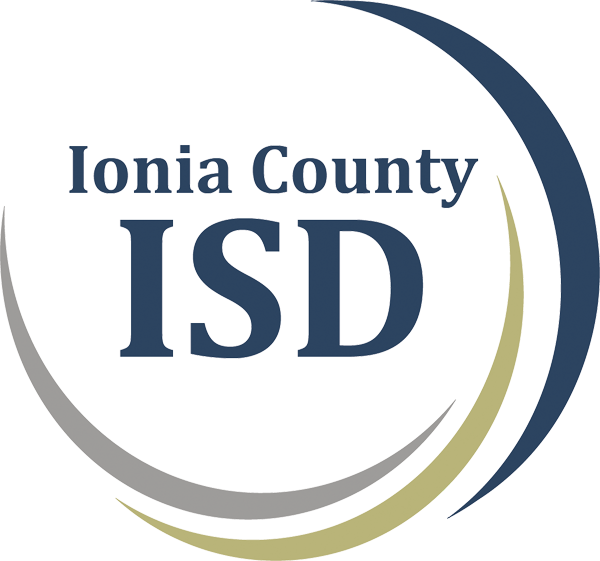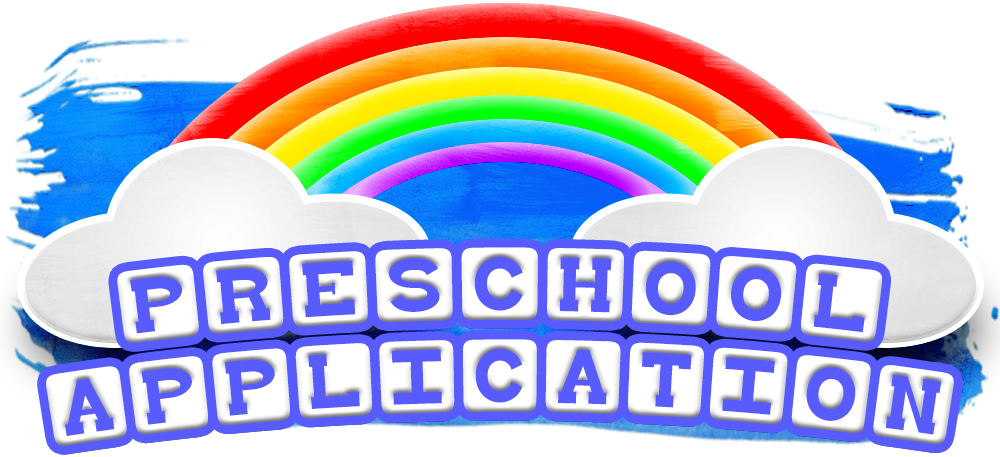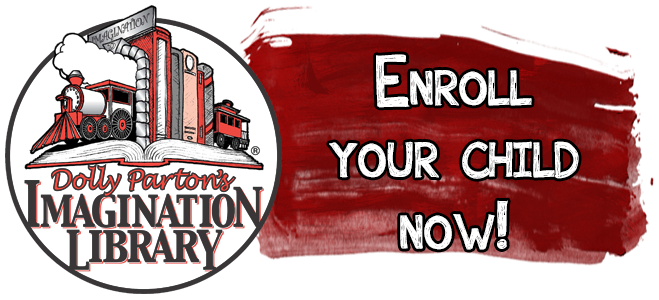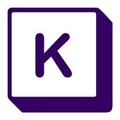Literacy Milestones
By Andrea DeBruin-Parecki | Kathryn Perkinson, | Lance Ferderer
Most children learn to read by age 7. Learning to read is built on a foundation of communication skills that children start learning at birth–a process that is both complicated and amazing.
Most children develop certain communication skills as they move through the early stages of learning language. The following list of such accomplishments is based on current research in the field, where studies continue and there is still much to learn. As you look over the list, keep in mind that children vary a great deal in how they develop and learn.
If you have questions or concerns about your child’s progress, talk with your child’s doctor, teacher, or a speech and language therapist. For children with any kind of disability or learning problem, the sooner they can get the special help they need, the easier it will be for them to learn.
From birth to age 3, most babies and toddlers become able to:
- Make sounds that imitate the tones and rhythms that adults use when talking.
- Respond to gestures and facial expressions.
- Begin to associate words they hear frequently with what the words mean.
- Make cooing, babbling sounds in the crib, which gives way to enjoying rhyming and nonsense word games with a parent or caregiver.
- Play along in games such as “peek-a-boo” and “pat-a-cake.”
- Handle objects such as board books and alphabet blocks in their play.
- Recognize certain books by their covers.
- Pretend to read books.
- Understand how books should be handled.
- Share books with an adult as a routine part of life.
- Name some objects in a book.
- Talk about characters in books.
- Look at pictures in books and realize they are symbols of real things.
- Listen to stories.
- Ask or demand that adults read or write with them.
- Begin to pay attention to specific print such as the first letters of their names.
- Scribble with a purpose (trying to write or draw something).
- Produce some letter-like forms and scribbles that resemble, in some way, writing.
From ages 3-4, most preschoolers become able to:
- Enjoy listening to and talking about storybooks.
- Understand that print carries a message.
- Make attempts to read and write.
- Identify familiar signs and labels.
- Participate in rhyming games.
- Identify some letters and make some letter-sound matches.
- Use known letters (or their best attempt to write the letters) to represent written language especially for meaningful words like their names or phrases such as “I love you.”
At age 5, most kindergartners become able to:
- Sound as if they are reading when they pretend to read.
- Enjoy being read to.
- Retell simple stories.
- Use descriptive language to explain or to ask questions.
- Recognize letters and letter-sound matches.
- Show familiarity with rhyming and beginning sounds.
- Understand that print is read left-to-right and top-to-bottom.
- Begin to match spoken words with written ones.
- Begin to write letters of the alphabet and some words they use and hear often.
- Begin to write stories with some readable parts.
The Foundations of Emergent Literacy
By M. Segal | B. Bardige | M.J. Woika | J. Leinfelder
There is a great deal of recent research about the components of early literacy and about effective ways to support children’s emergent literacy. Five major areas have been identified as essential to literacy development:
- A meaningful knowledge base is developed through having many varied experiences with materials, places, and people. Vocabulary building occurs through talking about those experiences.
- Oral language is developed through participating in back and forth communication, individual conversations, and group discussions. Looking at books and having books read aloud to them also promote children’s oral language skills.
- Phonological awareness is developed through noticing sounds, playing with the sounds of words, and noticing what sound a word begins with. Children enjoying rhyming words in songs and stories.
- Print awareness is developed as children notice the usefulness of print. This occurs as they experiment with making notes and scribbling and as they find a word in a line of print.
- Alphabet knowledge is developed as children recognize and name letters and name the letter that represents a certain sound.
Reach Out and Read resource:
http://www.reachoutandread.org/
Child Development Tracker: Literacy From Age 3 to 4:
http://www.education.com/reference/article/Ref_Tracker_Literacy_3_4/



